K-Z / history museum2010
Spheroid / radiation circle / ellipsoid
History museum
Invited competition in Kazakhstan
Spheroid / radiation circle / ellipsoid
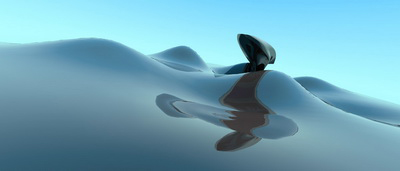

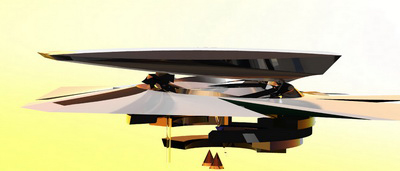
This is a proposal for an invited competition for a museum of national history to be built in Astana, the capital of Kazakhstan.
This architecture consists of three parts.
One is a spheroid with a major axis of 240 meters, half buried below ground level.
Another is a circle surrounding the spheroid and made up of arms radiating out from it.
The last is a spindle shape that rises up into the sky from the ellipsoid.
Vertical axis = timeline
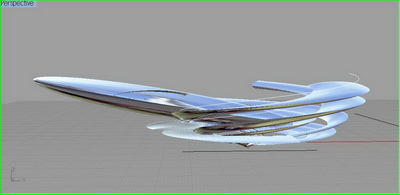
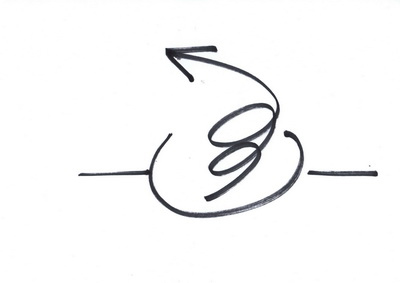
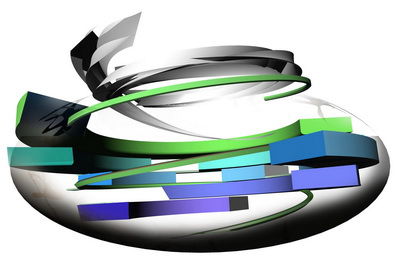
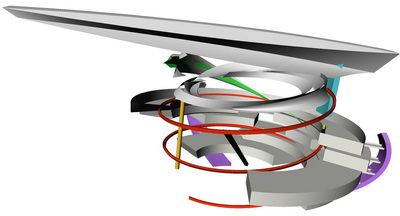
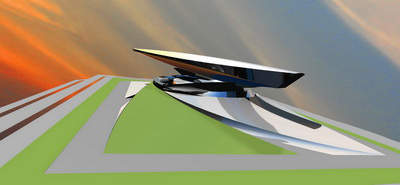
Visitors arriving at the museum start by descending via escalator down through the spheroid deep into an underground void. At the bottom they step off onto the gently sloped surface at the base of the spheroid. Here is an exhibition space devoted to the oldest period in the history of the country.
From this floor, which represents the origins of the country, a series of intermittent exhibition spaces spirals upward. Visitors ascend up through the space by traversing the curves of the spiral.
At the end, the spiral unwinds into a long straight space devoted to the present.
Beyond that is an exhibition space devoted to the future with a floor that slants up toward the sky.
Up and down in this architecture corresponds to old and new.
To descend and ascend through space is to travel back and forth through time.
The spiral arrangement of the exhibition spaces does not enforce a particular itinerary.
Escalators crisscross the spheroid in a pattern unrelated to the order of other spaces.
These escalators function as bypasses, allowing visitors to freely leap across time.
K-Z > K-M2010
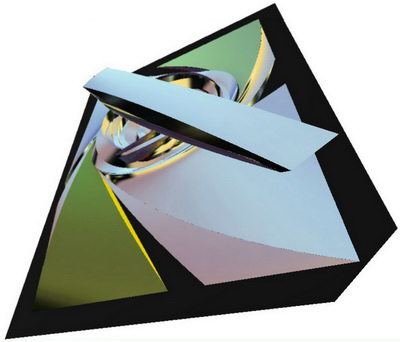
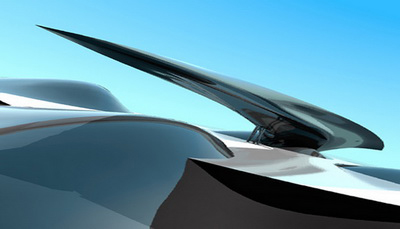
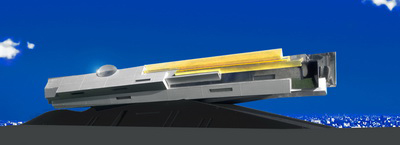
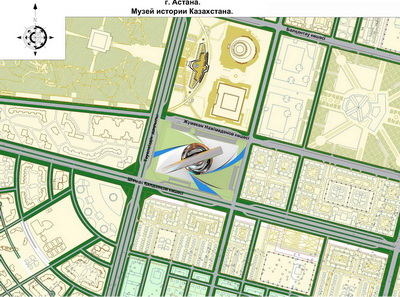
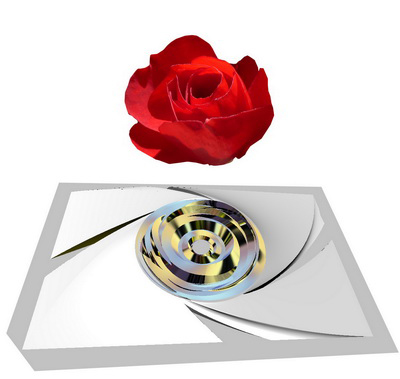
This "KZ" project is much larger in scale, but it could be called a further development of "K-MUSEUM".
Common features include the rolling landscape, the totality of which is also architecture; the relation between elements located below ground, elements that extend outward above ground, and elements that float in the air; the basic form, with its floating axis; the strong directionality; and the whole as a compound of the parts.
These features are shared by both projects as architecture for exhibitions.

